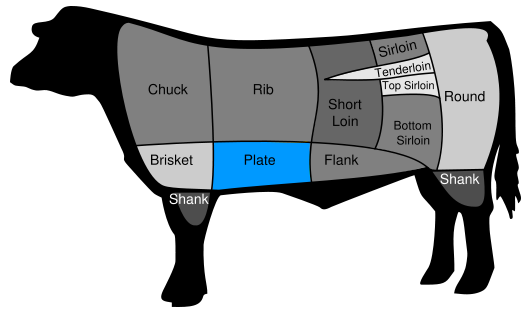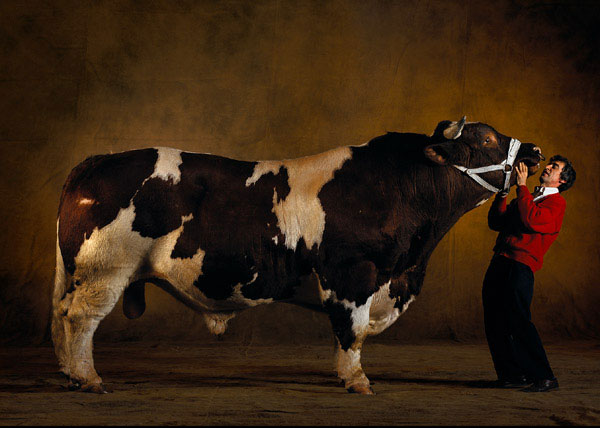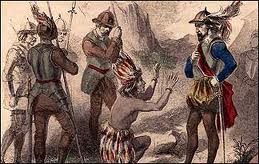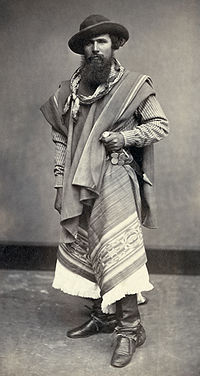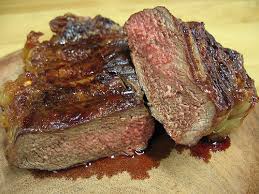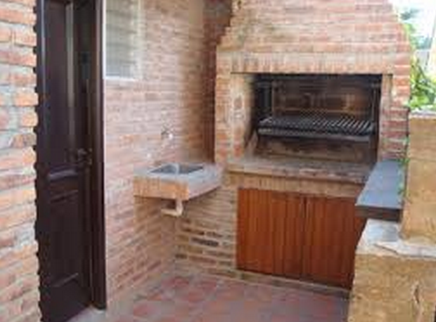There is a lot to talk about in terms of cow anatomy. Different cuts of beef have different flavors, textures, cooking methods…the list goes on. Many people go through life not knowing why they prefer one cut of beef over the other, or worse – they miss out on AMAZING cuts because they are too afraid to ask for something different at the butcher.
Not us! That’s not how it works here in Argentina. Knowledge is power. In this case, knowledge leads to especially tasty type of power. This article is going to make grilling experience that much more meaningful. It will make each bite of steak you have that much juicier. It will change your relationship with your friendly neighborhood butcher and you will sound like an Argentine gaucho at the supermarket. The list of benefits goes on and o.
The following blogs are going to tackle each part of cow anatomy. This first post is going to be all about steaks.
We say the word “steak” all the time to refer to beef, but do we really know what that means? Steak is generally known as a fast-cooking cut of beef. This is because these cuts are low in connective tissues and require less amount of cooking time. You wouldn’t cook a brisket like you would a strip steak, for example. That would be a sin.
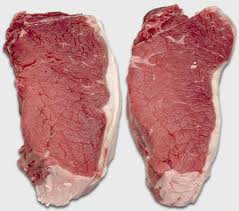
Two other big characteristics of your beef cuts to take into account are the flavor and tenderness. Tenderness is inversely related to the amount of work that muscle did over a cows life. Cuts such as filet mignon, which comes from the tenderloin, are extremely tender because cows don’t regularly do tenderloin workouts.
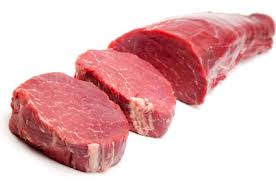
However, more tenderness does not mean more flavor. This characteristic of the beef is determined by the how much fat a cow has surrounding the muscle. This is why cuts such as rib eye, a highly marbled piece of meat, give you that kick of flavor. It is also why many cooks prefer to cook with butter with cuts that do not have a lot of fat, such as the filet mignon and strip steak.
Keeping these things in mind, the following posts are going to go through cut by cut, dropping tasty knowledge for all of you to appreciate and enjoy. You’ll never look at your favorite cut of steak the same way again!

